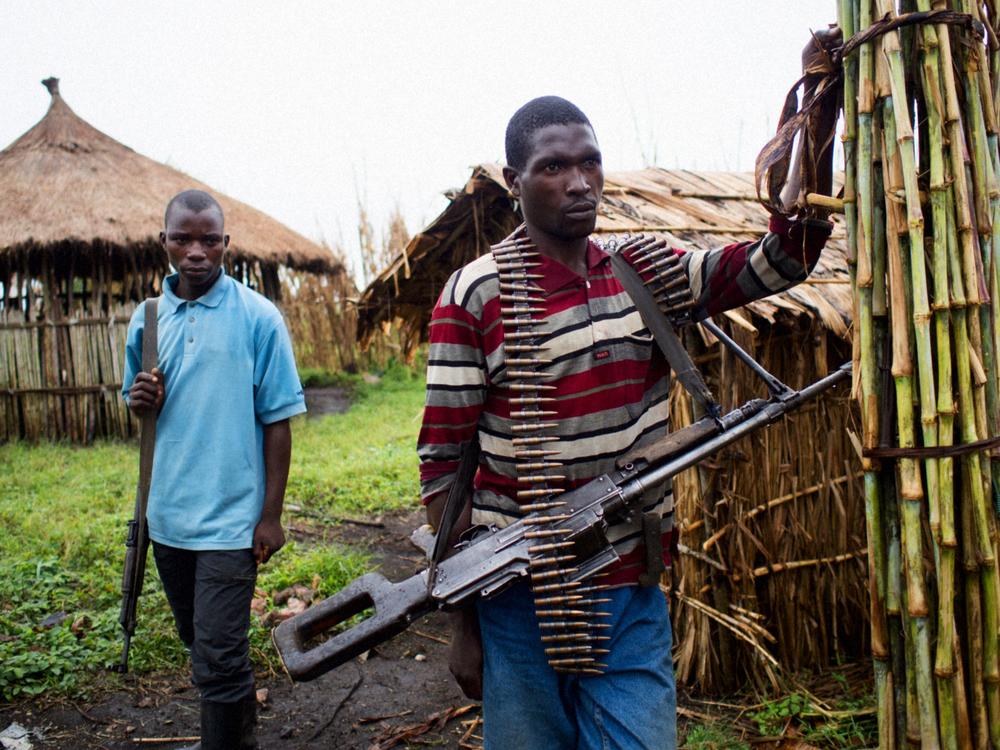Regional
US stance on FDLR a threat to Africa’s great lakes region
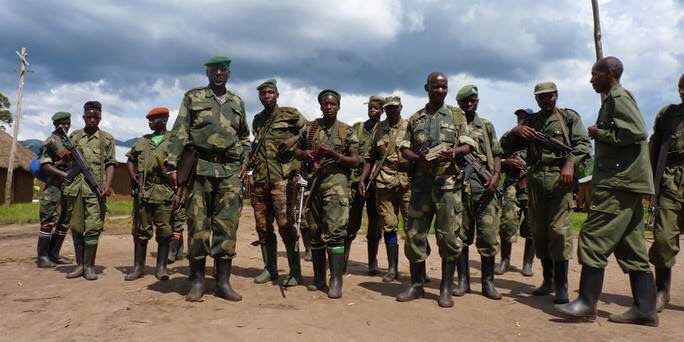
The US government has puzzled the world with its stance on
the FDLR genocidal militia in eastern DRC, something that poses big threat to
the security of the African great lakes region where the terrorist group has
been, among others, spreading its genocide ideology, carrying out deadly
attacks, and killing thousands of unarmed civilians including women and
children.
FDLR is a Rwandan
terrorist group formed by remnants of the perpetrators of the 1994 Genocide
against the Tutsi in Rwanda who fled to eastern DRC, then Zaire, after their
genocidal regime had been overthrown by the current Rwandan government. For the
past three decades, various Congolese governments have accommodated and
shielded them.
Fast forward. An October 2022 report by Human Rights Watch
(HRW) noted that FDLR fighters have killed hundreds of civilians over the years
in eastern DRC, at times hacking them to death with machetes or hoes, or
burning them in their homes. The genocidal militia has committed countless
rapes and other acts of sexual violence.
The FDLR's main agenda is driven by a genocide ideology
inherited from the regime that masterminded the massacre of more than one
million Rwandan Tutsi within 100 days, in 1994.
In December 2001, the US State Department added FDLR to the
Terrorist Exclusion List under the provisions of the Patriot Act, after the
militia group murdered, and in some cases raped, eight Western tourists in
Uganda. The year 1999 saw FDLR elements – then known as ALIR a.k.a.
Interahamwe, ex-FAR – killing two American tourists in Uganda's Bwindi Forest,
along the Uganda-DRC border.
From then, the US referred to the group as terrorists.
Shockingly, the US’ statement issued on February 17, referred to FDLR as “an
armed group named as a ‘negative force’ by regional bodies”. The US
acknowledges that FDLR exposes the civilian population to risk and has called
on Kinshasa to cease cooperation with the group, but failed to appropriately
name the group as it is: a terrorist group.
This way of puzzling the international community about the
US’ stance on the naming of FDLR threatens the security of the great lakes
region since the Congolese government will feel comfortable in its
collaboration with the militia group. The FDLR will destabilize Rwanda and the
entire region if not stopped. Kinshasa harbors and has been heavily arming
FDLR, in a bid to destabilize Rwanda.
“It’s the [DRC] government [troops] that would always
provide us with ammunition,” an FDLR fighter told HRW, adding that he witnessed
four transfers of ammunition.
“They also gave us uniforms and boots.”
“Congolese army units are again resorting to the
discredited and damaging practice of using abusive armed groups as their
proxies,” said Thomas Fessy, a senior Congo researcher at Human Rights Watch.
“The Congolese government should end this support, which
leads to military complicity in abuses, identify officers responsible, and hold
them accountable.”
The FDLR is the strongest in genocide ideology among other
armed groups in DRC, creating and training other militias.
In February 2021, an Italian Ambassador to DRC, Luca
Attanasio, was killed in an attack which the governor of North Kivu province at
the time, Carly Nzanzu, said was carried out by the FDLR.
In September 2019, Rwanda saw its bloodiest attack in over
two decades when dozens of civilians were killed and many others injured by
FDLR in Kinigi, a touristic area in Northern Province. No other armed attack
has claimed so many victims in Rwanda in recent years. The genocidal militia
attacked the inhabitants of Kinigi with knives and rudimentary weapons.
These are few among many other attacks which the
perpetrators of the 1994 genocide plotted in Rusizi back in 1996 and later in
North-west Rwanda (Gisenyi and Ruhengeri) in 1998. Hundreds of victims lost
their lives.
Kinshasa exploited the international community’s silence on
FDLR and integrated it in its national army. In return, the terror group has
used the FARDC cover to launch attacks on Rwandan territory over the years. Of
recent, the Congolese army and FDLR deliberately shelled on Rwandan territory
several times killing civilians and destroying property.
The Congolese political and military leadership, including
President Félix Tshisekedi, has also repeatedly declared their intention to
invade Rwanda and change its government by force.
“Rwanda will seek clarification from the US Government to
ascertain whether its statement represents an abrupt shift in policy, or simply
a lack of internal coordination,” reads a statement issued by the Rwandan
Ministry of Foreign Affairs, on February 18.



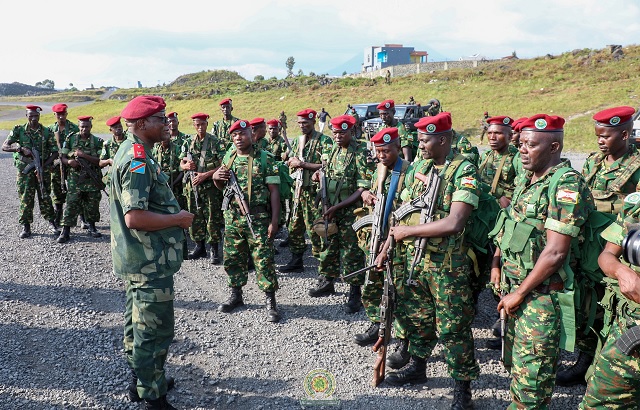
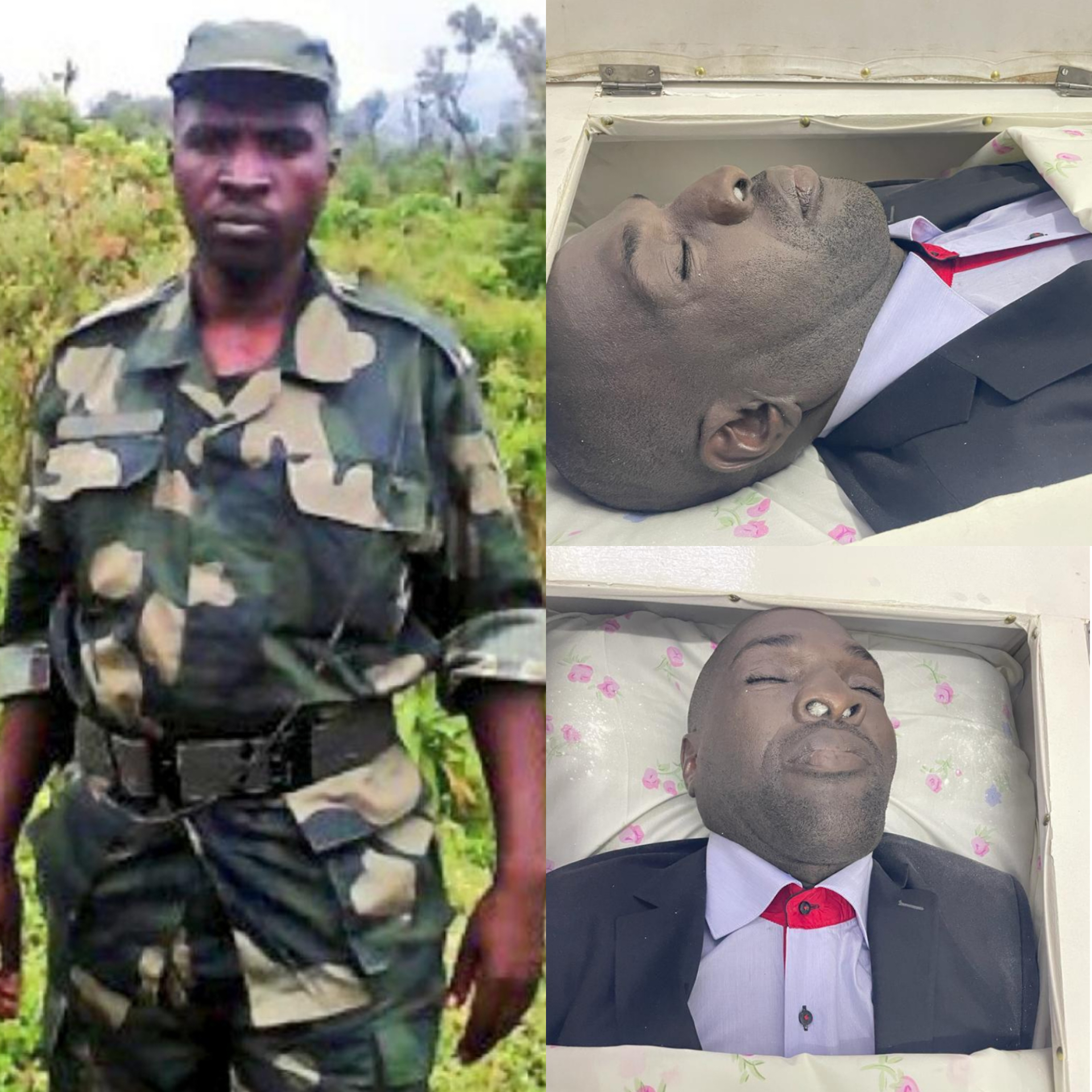
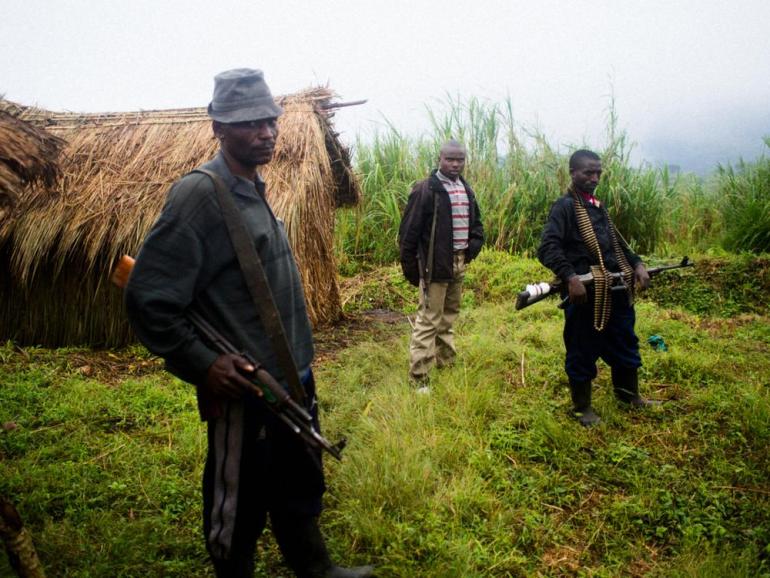
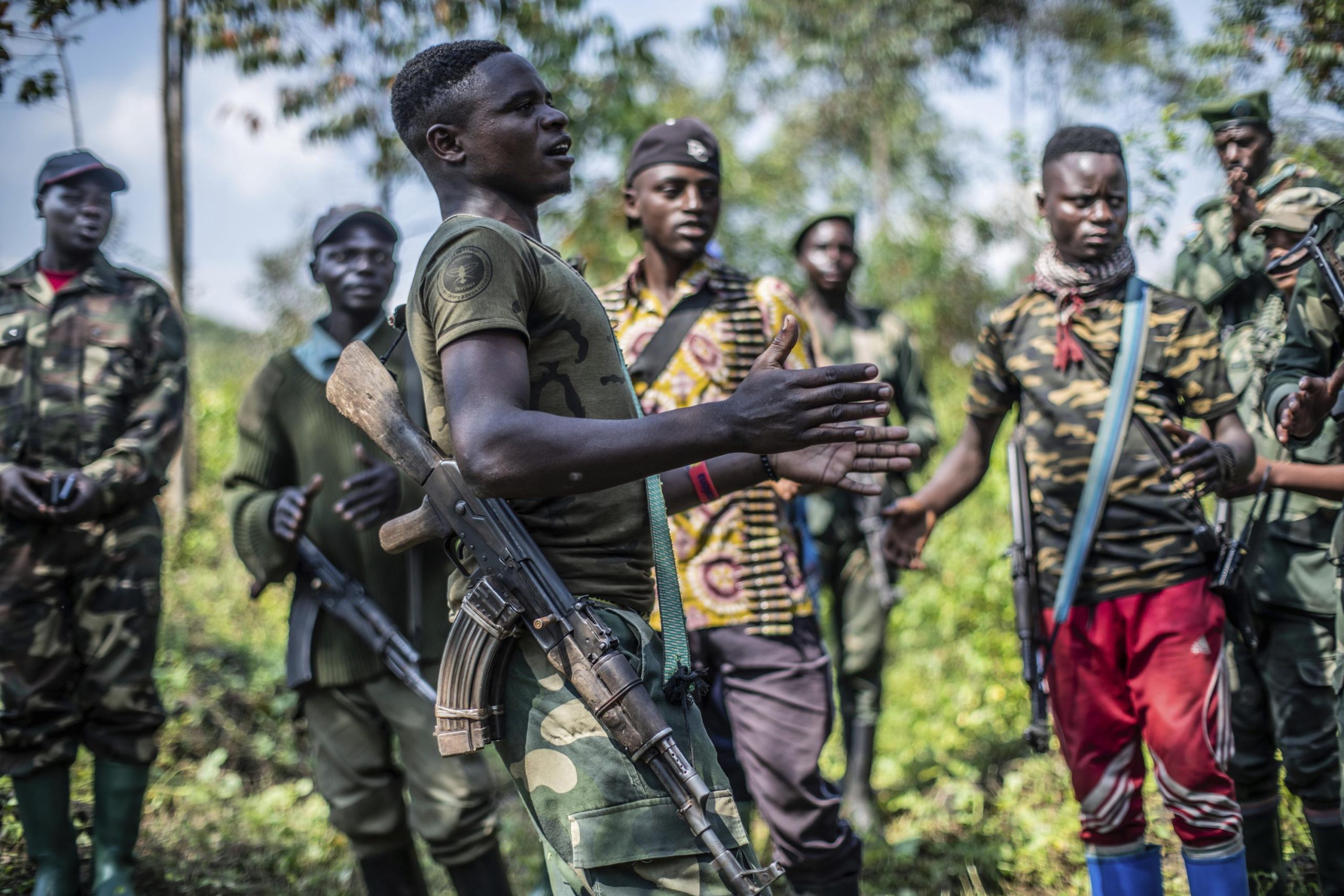
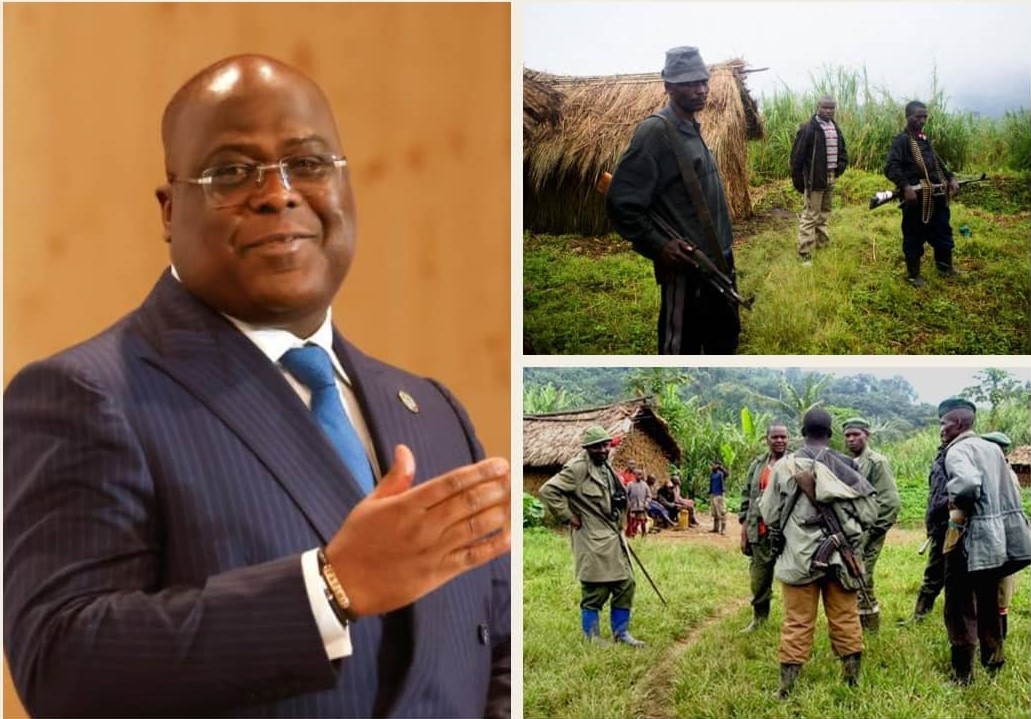
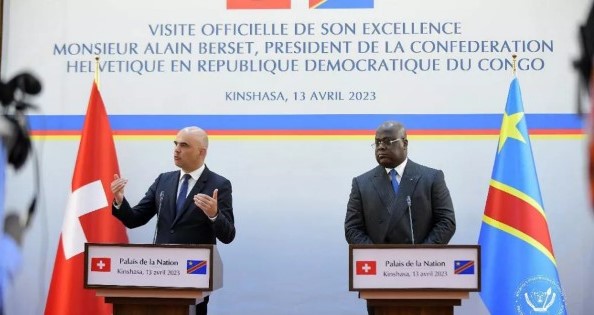
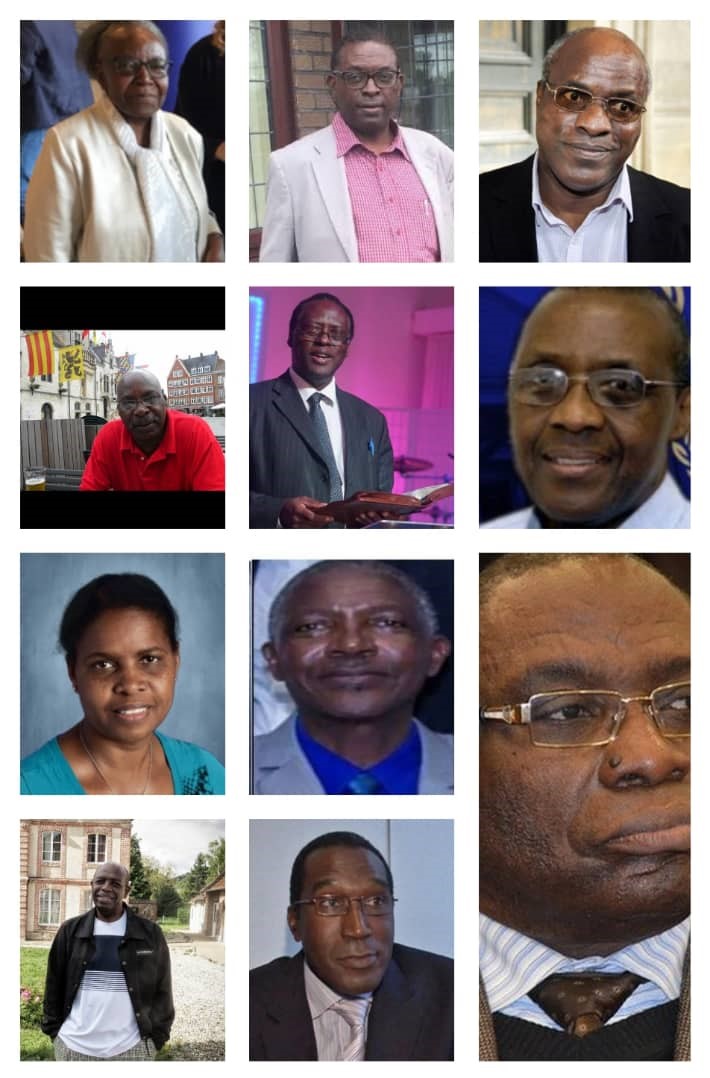
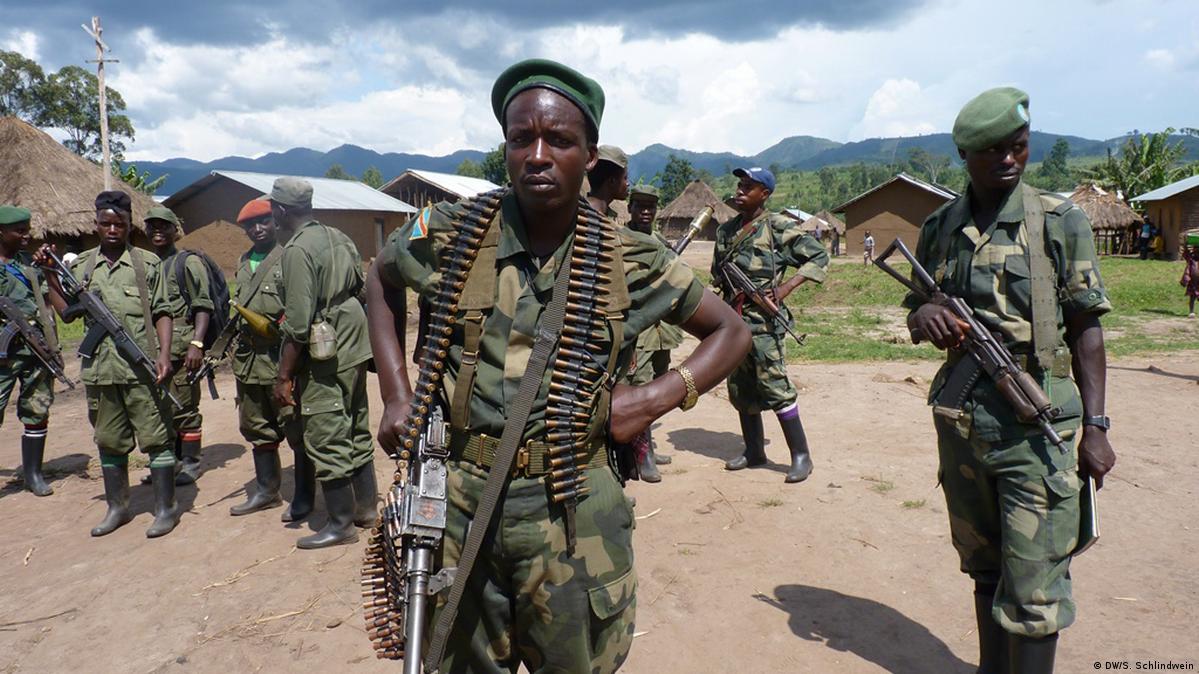
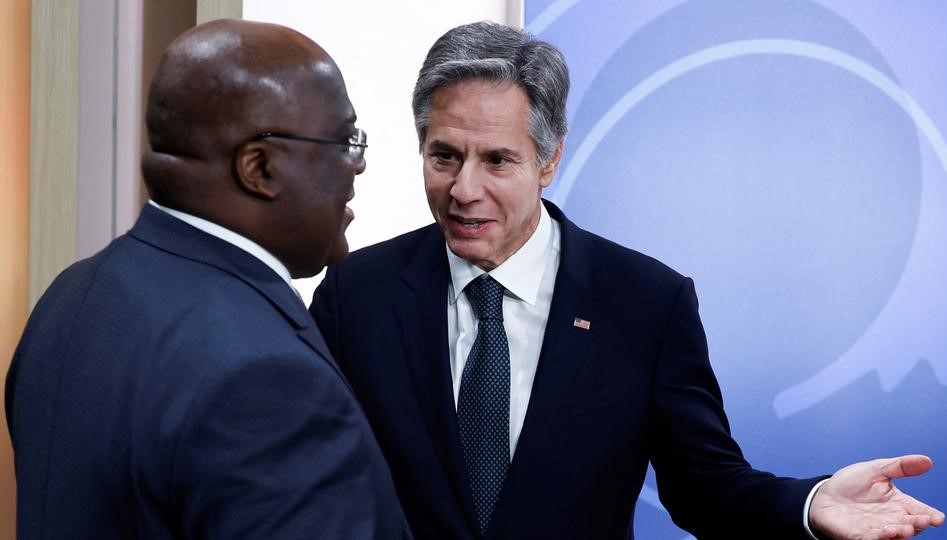
.jpg-20221113050043000000.jpg)
